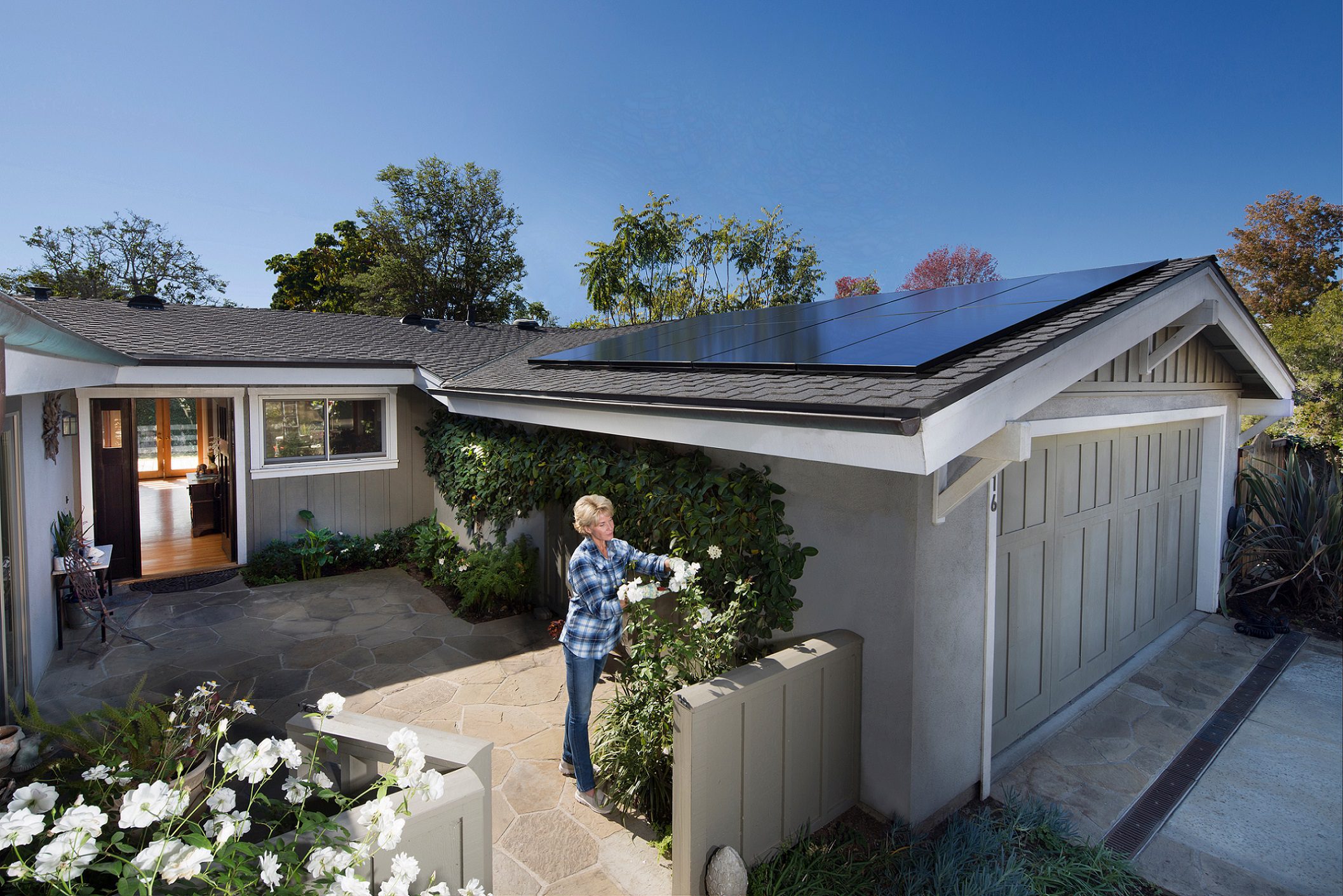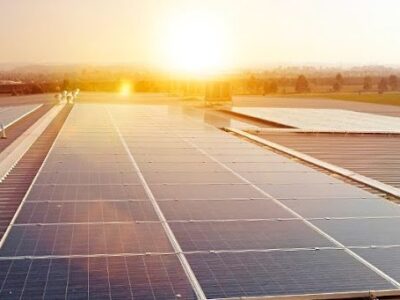Eco-Friendly Backup Generators are the Smarter, Cleaner, and Safer Way to Handle Power Outages
The weather today seems to be more and more uncertain, with fires, floods, blizzards, thunderstorms, and hurricanes causing numerous power outages. It’s always smart to be prepared for such outages, and, for many people, that means having a diesel or gas-fueled generator on hand to provide power to their house or business until the electric grid is humming again. Those diesel and gas generators, however, are not good for the environment. They are loud, big polluters, and dangerous: emitting nitrogen oxide and particulate matter that contribute heavily to the degradation of air quality and human health issues such as heart and lung disease. The good news, however, is that eco-friendly backup generators are now widely available and affordable. They are the smarter, cleaner, safer way to handle a power outage.
A 2016 study indicated that Americans have around 1.3 power outages annually, a number that is only growing. In locations like California, where rolling blackouts to combat forest fires are becoming commonplace, ditching an outdated generator for an eco-friendly solar or natural gas generator can save you money, the environment, and your lungs. In fact, during the state’s October 2019 power shutdowns, old generators emitted 24.3 tons of nitrogen oxide and 10.6 tons of particulate matter. Wide-spread adoption of eco-friendly generators would have made a huge, positive impact.
With many of us now working at home, having back-up power on hand is increasingly essential. Many options are small, portable, and can be used inside. Natural gas generators are a great option. Natural gas pipes run underground, meaning the supply is not vulnerable to wind and weather. Thus, these various-sized generators can run continuously during outages. For less than $2,000, you can easily find one that will run your heating and cooling system, a few lights, the refrigerator, and small appliances. Natural gas generators are the most common eco-friendly generator because, with the exception that they run on a much cleaner fuel source, natural gas generators are very similar to conventional gas generators. They are practical, easy to use, and easy to transport.
Solar power is an amazing option. Installing rooftop solar panels and battery storage, or adding a battery to an existing solar array, are the best ways to ensure much of your home remains automatically powered during a blackout. Though such a system can be expensive, it literally pays dividends in lowered bills and significant state tax credits. Additionally, following the passage of the congressional COVID relief bill in December, federal spending has been authorized to help families with both the installation and use of renewable energy generators in households. As for commercial use, companies like SunPower, Tesla, and Sunrun offer integrated solar-and-battery systems that can supply electricity indefinitely as long as the sun is shining. These systems cost between $15,000 and $25,000.
“Demand for storage is growing even faster than solar, though demand for both is strong,” says SunPower CEO Tom Werner. “The idea of a blackout wasn’t that topical several years ago, but now you’re not only talking about blackouts but how long they may be.”
There are now more affordable middle-ground options as well. Goal Zero is at the front of that movement. The company offers what they called “rugged, reliable and easy to use” power stations with capacities of between 1,500 and 6,000 watts-hours that range in cost from $2,000 to $5,000, while also offering a kit designed to connect larger generators to a home’s electrical panel, providing enough energy to power just the essentials. That type of system backs up four circuits to keep lights, refrigerators, and other key appliances powered during a blackout. Medium- and small-size solar-powered lithium-ion battery systems, once popular mostly among outdoor enthusiasts, are also now readily available. They are emissions-free, silent, and safe to use in your house.
“The last 18 months have been hockey stick growth,” says Bill Harmon, Goal Zero’s General Manager. “Demand has largely been directed at our larger power stations that can power huge portions of your home.”
Going solar is undoubtedly more practical, reliable, and cost-effective than ever before. Some of the smaller systems, which provide enough power to keep phones and laptops charged, cost less than $100. Solar arguably has some limitations, including needing time to collect and store sunlight – so make sure you do your research on the best solar generator for you.
Being prepared in case of a power outage has always been wise. As the chance of a power outage in your area increases, it’s worthwhile to explore the numerous, environmentally-positive options that new eco-friendly generators offer. Whether you opt for a more traditional natural gas generator or dig into the many new solar options, you’ll keep your home safe and cool (or warm) and all of your appliances and electronics going during blackouts with no negative impact on the world around you.






